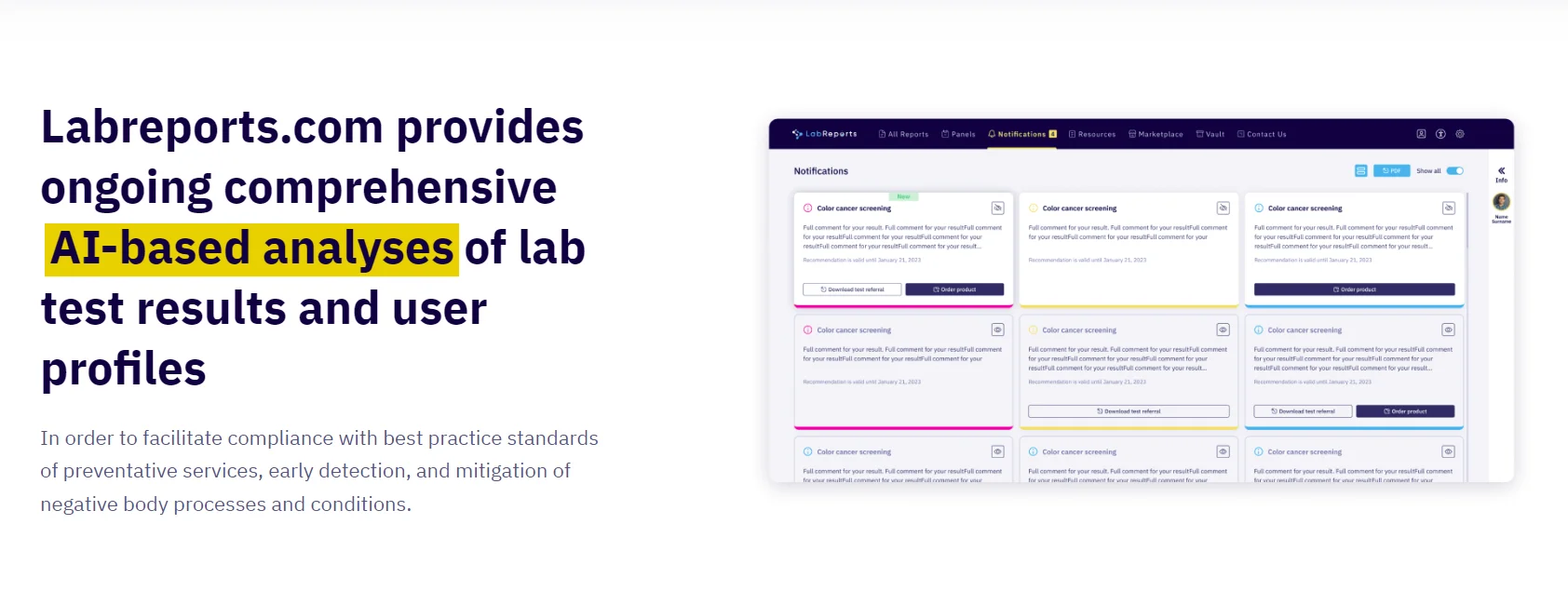One of the best ways to become a DevSecOps engineer is by obtaining one of the various DevSecOps certifications. But with multiple options available, how can you choose the right DevSecOps course for you? This article will go over essential tips for selecting the best DevSecOps certification.

Historically, application security has been addressed after development is completed, and by a separate team of people — separate from both the development team and the operations team. There was a long analysis phase, a long design phase, a long development phase, and then finally the software was compiled, tested, and released. Therefore, there was very little need for automation, and teams used to work in silos.
What are the benefits of DevSecOps?
Powerful DevOps software to build, deploy, and manage security-rich, cloud-native apps across multiple devices, environments, and clouds. IBM UrbanCode® can speed and optimize software delivery for any mix of on-premises, cloud, and mainframe applications. DevSecOps operations teams should create a system that works for them, using the technologies and protocols that fit their team and the current project. By allowing the team to create the workflow environment that fits their needs, they become invested stakeholders in the outcome of the project. DevSecOps should be the natural incorporation of security controls into your development, delivery, and operational processes. This becomes more efficient and cost-effective since integrated security cuts out duplicative reviews and unnecessary rebuilds, resulting in more secure code.
- It’s a long-term implementation that helps ensure that an organization can achieve and maintain secure SDLC practices.
- There are several reasons why DevSecOps is such an important part of the software development process.
- Integrating DevSecOps practices into the software development process provides a large range of different benefits.
- Real-time monitoring helps identify and mitigate security threats in production, allowing for immediate response and mitigation.
- So, the culture shift ought to come from the top, with management at the forefront of promoting the goals of strategic security initiatives in DevSecOps.
- This helps integrate the work of security teams sooner rather than later, and on a more continuous basis.
For more information about Datadog Security products and features, see Datadog Security. The greater scale and more dynamic infrastructure enabled by containers have changed the way many organizations do business. Because of this, DevOps security practices must adapt to the new landscape and align with container-specific security guidelines. Now, in the collaborative framework of DevOps, security is a shared responsibility integrated from end to end. It’s a mindset that is so important, it led some to coin the term “DevSecOps” to emphasize the need to build a security foundation into DevOps initiatives.
Supporting a DevSecOps Culture
Code analysis is the process of investigating the source code of an application for vulnerabilities and ensuring that it follows security best practices. DevSecOps encourages flexible collaboration between the development, operation, and security teams. They share the same understanding of software security and use common tools to automate assessment and reporting. Everyone focuses on ways to add more value to the customers without compromising on security. Like many other development practices, including security and reliability, it’s imperative to shift left on DevSecRegOps, ensuring the entire organization feels responsible for meeting regulatory standards and requirements.
DevOps streamlines the software delivery process to achieve a quicker time-to-market and greater efficiency. It primarily focuses on collaboration and integration between development and operations teams. Security concerns, however, are frequently covered in a different process or added after the fact.
Understanding the Differences Between Agile & DevSecOps – from a Business Perspective
Over 2,000 3rd Party Libraries have been identified and monitored for vulnerabilities. Organizations often start their CI process using Jenkins because it’s free, open source, and popular. But the number of bugs in Jenkins and its plugins can be staggering, and they can result in the need for messy workarounds.

Embedded automation in the form of dynamic application security testing (DAST), which searches for vulnerabilities in real-time, as the application runs, is also immensely useful. DevOps is an approach to software development that centers on three pillars—organizational culture, process, and technology and tools. All three are geared toward helping development and IT operations teams work collaboratively to build, test, and release software in a faster, more agile, and more iterative manner than traditional software development processes.
Mindset and culture change
Automated tools can collect and aggregate security-related data, generate compliance reports, and provide visibility into the security posture of the software ecosystem. This simplifies the auditing process, helps in identifying security gaps, and ensures transparency and accountability across the organization. Automated monitoring and logging systems provide real-time visibility into the application and infrastructure, facilitating agile development devsecops the detection of security incidents and anomalous activities. Security Information and Event Management (SIEM) systems, intrusion detection systems, and log analysis tools automatically analyze logs, events, and network traffic to identify potential security threats. Real-time monitoring and logging tools make this process extremely simple, as developers will be alerted to any odd activity or possible breaches.

We know that tight deadlines and tiresome coding sessions can bring down even the best of us. The DevSecOps approach should at least keep you engaged, and make sure software developers don’t experience burnout. Organizations may want to transition from one tool to another—and sometimes that involves 1,000 apps or more. In DevSecOps, jobs are run through a common library of scripts, and because those scripts are shared across all jobs, you can transition easily from one tool to another. Updating a common set of instructions with the new tasks or replacing existing tasks makes it easy to propagate these changes across all applications instead of making changes in each job.
DevSecOps vs. DevOps
They use agile processes to gather constant feedback and improve the applications in short, iterative development cycles. DevSecOps teams use interactive application security testing (IAST) tools to evaluate an application’s potential vulnerabilities in the production environment. Software developers no longer stick with conventional roles of building, testing, and deploying code.

DevSecOps enables teams to work more efficiently and keep up with an ever-expanding environment. Onboarding .Net applications usually take a lot more time because they must build correctly. Visual Studio tends to hide a lot of build errors and provides dependencies at runtime; this is less true for MSBuild. Speeding things up, reducing delays, and enabling scalability are some of the biggest advantages. With global teams dispersed across many different time zones, organizations need processes and frameworks that foster collaboration while reducing dependencies to help teams achieve their goals. Transitioning to a DevSecOps model is challenging and initially shows some growing pains because it takes DevOps teams out of their comfort zone.
What Are the Core Components of DevSecOps?
DevSecOps is all about automating and integrating security within all phases of the software development life cycle to produce more secure code more quickly and easily. There is much more to DevSecOps, and you can explore it further as you build upon the foundation of these initial recommendations. These built-in challenges of addressing security vulnerabilities late in the process were also compounded by changes in the surrounding security landscape. But software environments also became more complex and, as a result, created a larger attack surface for these growing threats. For example, since the 2000s, organizations began moving applications from on-site data centers to public, hybrid, and multi-cloud environments.
In conventional software development methods, security testing was a separate process from the SDLC. The DevSecOps framework improves the SDLC by detecting vulnerabilities throughout the software development and delivery process. Automated vulnerability scanning tools are employed to identify weaknesses and vulnerabilities within the software stack, including applications, libraries, and infrastructure components.
What are the challenges of implementing DevSecOps?
Continuous monitoring helps in the early detection of security threats, enabling rapid incident response and mitigation actions. Ensuring license compliance in OSS dependencies is a growing concern for compliance managers, legal teams and CEOs alike. No-one wants to be on the receiving end of a failed audit, or an expensive Intellectual Property or license infringement case. Knowing what OSS is being used, by which developers and in which builds and releases is of huge importance.

 | Tutti i diritti riservati 2022 © AS P.r.i
| Tutti i diritti riservati 2022 © AS P.r.i